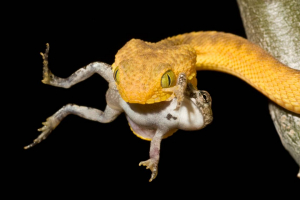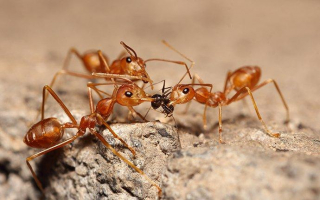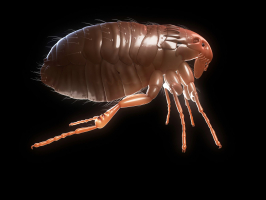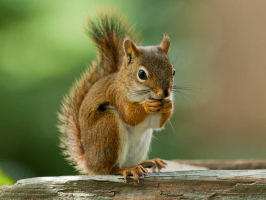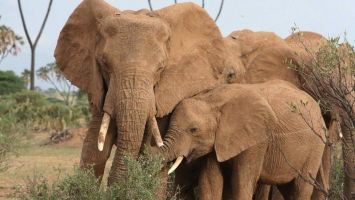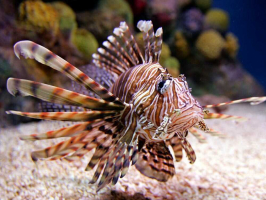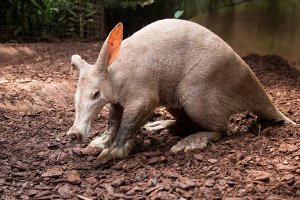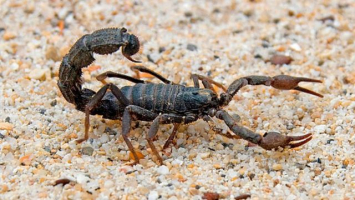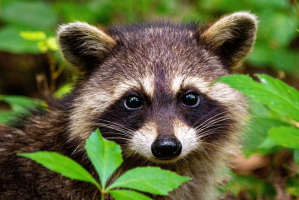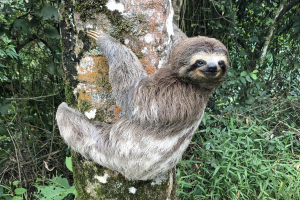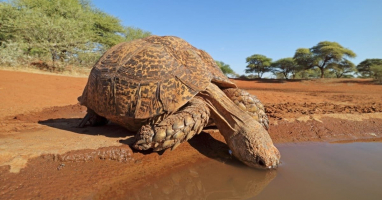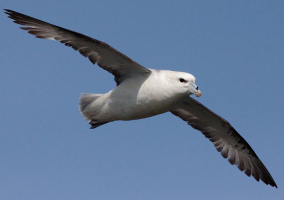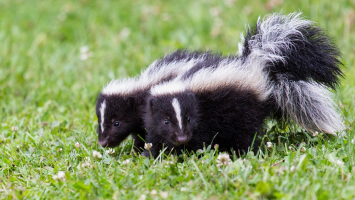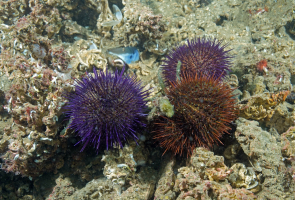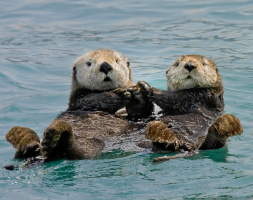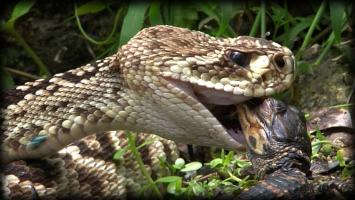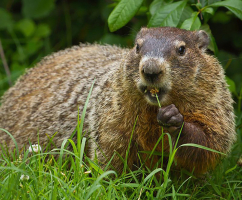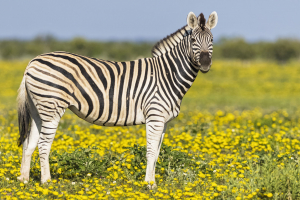Top 5 Predators of Hares that Eat Hares
The Lepus family includes hares, which are strikingly similar to rabbits in terms of size and shape. Hares are known for their remarkable speed and have ... read more...significantly larger ears than rabbits. They can endure a wide range of environments and live in a number of climes. Because of this, they are frequently prey to a wide variety of animals. Let’s take a look at some of the most dangerous predators of hares that eat hares.
-
Foxes are omnivorous, small to medium-sized mammals that fall under the family Canidae. They feature a long bushy tail, a pointed, slightly raised nose, erect triangular ears, and a flattened skull (or brush). Except for Antarctica, all continents are home to foxes. Foxes are found all throughout the world, and their worldwide reputation for cunning has helped to make them prominent in popular culture and mythology in many societies.
One of the predators of hares that eat hares is the fox. Foxes can be brutal hunters when it comes to catching prey since they have an extraordinary liking for hare meat. Foxes frequently track their food before consuming it, and stalking hares are crucial to their survival. Hares have incredibly strong rear legs, which allows them to flee quickly if they sense danger.
Despite being related to dogs and wolves, foxes prefer to hunt alone, at night, and without a pack, which makes it challenging to catch their prey. A fox will attentively observe a hare before striking when it thinks the time is right. Foxes typically transport their meal away, and in rare cases, they may even conceal it, so they can find it later.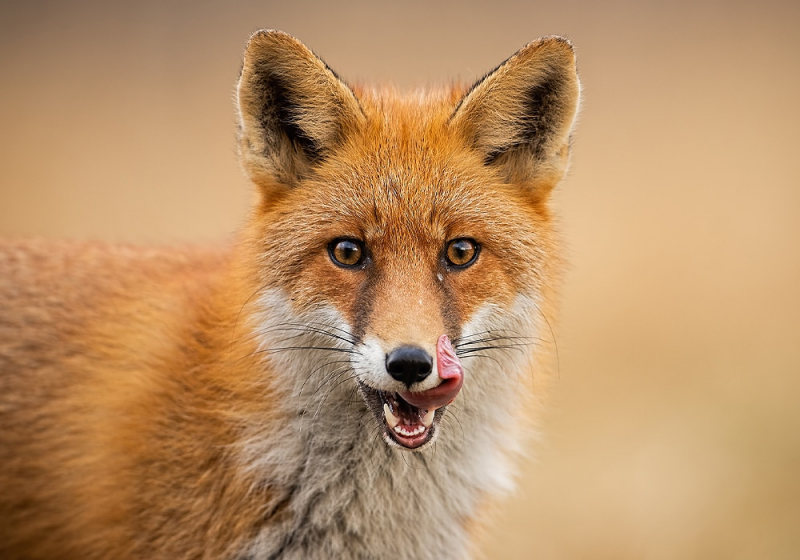
Photo: worldbirds 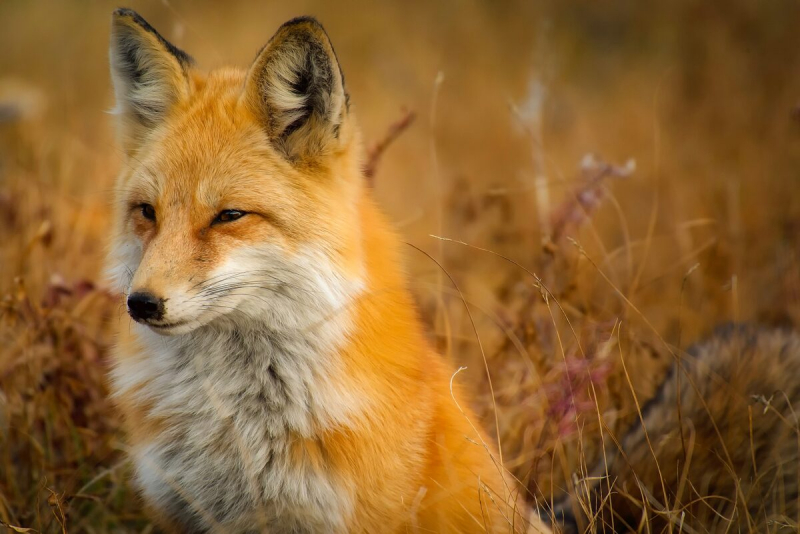
Photo; adoptananimalkits -
The Northern Hemisphere is home to the golden eagle, or Aquila chrysaetos. It is the eagle species that is most widely distributed. They rank among the most well-known raptors in the Northern Hemisphere. These birds have golden-brown feathers on their napes and dark brown bodies. Golden eagles hunt a variety of prey, primarily hares, rabbits, marmots, and other ground squirrels, using their agility, speed, strong feet, and enormous, pointed talons.
Golden eagles frequently hunt mice and other small animals, but they have also been observed occasionally swooping down to capture some rabbits and hares. Even even larger creatures like deer have occasionally been observed to come under attack.
Golden eagles typically swoop down on their prey and catch them, killing and carrying them away with their keen talons. They have a significant advantage over animals like hares since being in the air levels the playing field in terms of speed and makes it even harder for the hare to flee.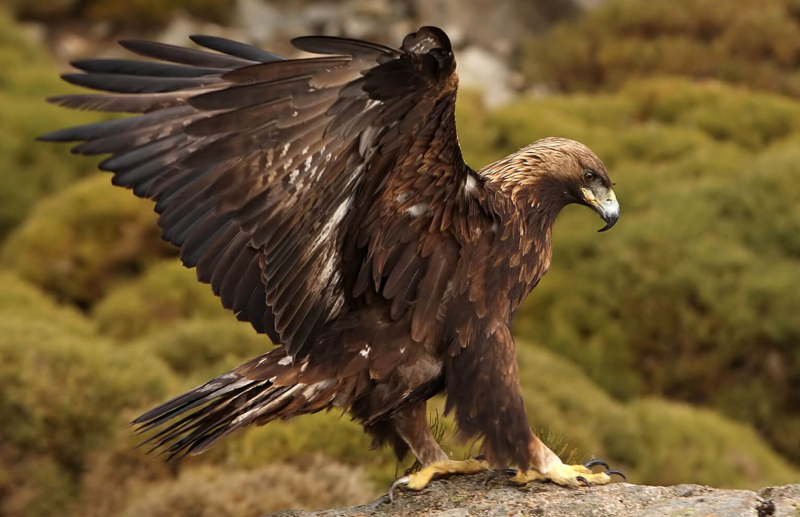
Photo: abcbirds 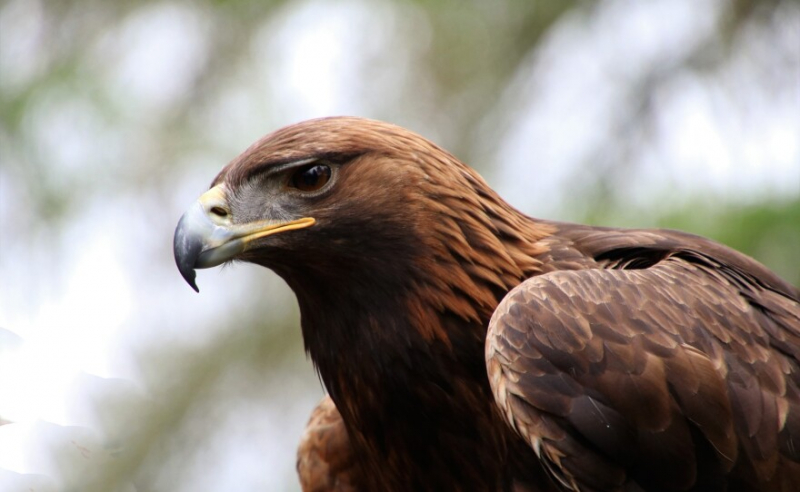
Photo: mtpr -
Mammals belonging to the genus Mustela and family Mustelidae are known as weasels. There are the fewest weasels, polecats, stoats, ferrets, and European mink in the genus Mustela. Small, energetic predators with long, slender bodies and short legs make up this genus.
Weasels may not seem deadly at first appearance, especially to a hare, yet they are extremely savage when it comes to hunting, catching, and killing their prey. One of the predators of hares that eat hares is weasels. Weasels have been observed stalking and killing prey up to five times their size.
Weasels, despite their diminutive appearance, have a very muscular upper body, which helps them to attack and kill their prey. Weasels need to consume almost half of their daily body weight due to their extremely fast metabolism. Because of this, they have evolved into irrational predators who will attack and consume anything that is in their way.
Weasels regularly hunt hares due to their similar habitats. Weasels will approach their prey from behind, wrap their slender body around it, and then kill it with a single, well-placed bite to the spinal cord and back of the neck.Due to their voracious appetites, weasels are also known to kill hares and then save the remains for later. The best protection a hare has against a weasel is, as you might imagine, its speed, but since weasels are so little and stealthy, they may frequently attack a hare before it even realizes it is being pursued.
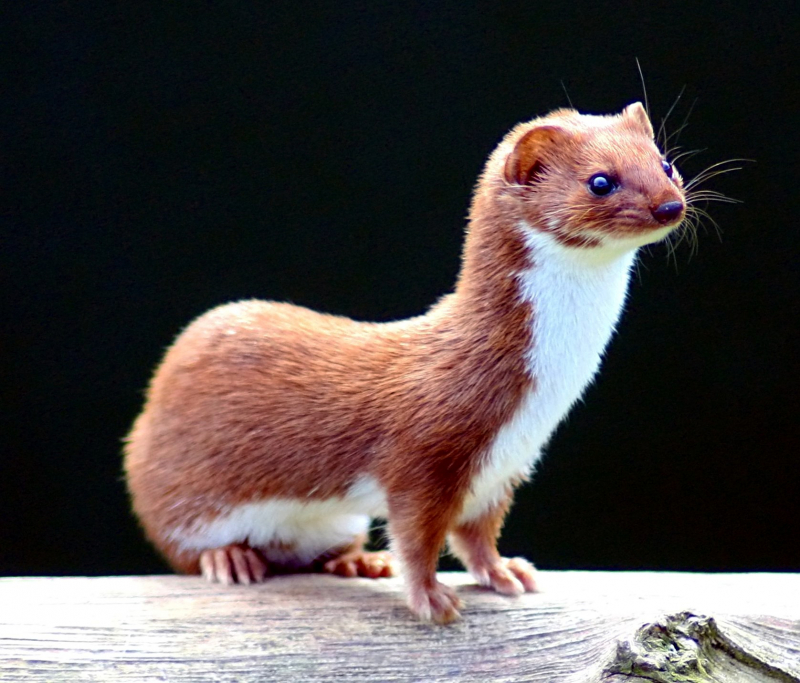
Photo: wikipedia 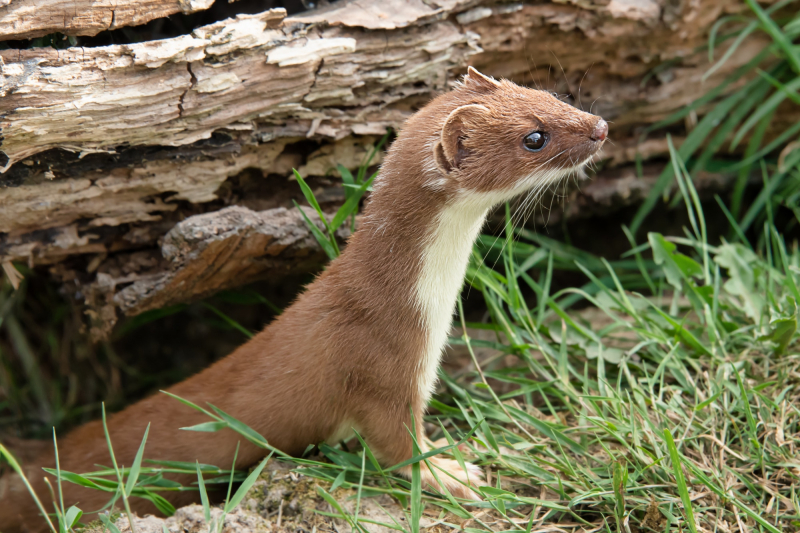
Photo: glenlivet-wildlife -
A canine species that is indigenous to North America is the coyote (Canis latrans). It is smaller than the wolf, a near relative, and slightly smaller than the red and eastern wolves, another close relative. A behavioral ecologist once referred to the coyote as the American jackal because it is bigger and more predatory. The species has also gone by the names prairie wolf and brush wolf in the past.
Coyotes are infamously cunning and ruthless predators, yet they don't have particular food preferences. Both smaller creatures, like insects and mice, and larger ones, like deer, are included in their diet. If hares are present, they will happily hunt and consume them as well.
When it comes to speed, coyotes cannot compete with hares, but they can easily outwit their prey. Coyotes typically search for food in packs, but they don't always immediately kill their prey. They frequently work together as a team, with one coyote pursuing an animal until it is exhausted before another one discovers it later and attacks it when it is vulnerable. Their target will be drawn into a trap by similar means, where another coyote will be waiting for them. Similar to other hare predators, they often kill by burying their teeth into the animal's windpipe and letting it slowly die.
Coyotes usually drag the carcass of their slaughtered prey back to their den to feed their pups. Except for their speed, hares have limited protection against coyotes.
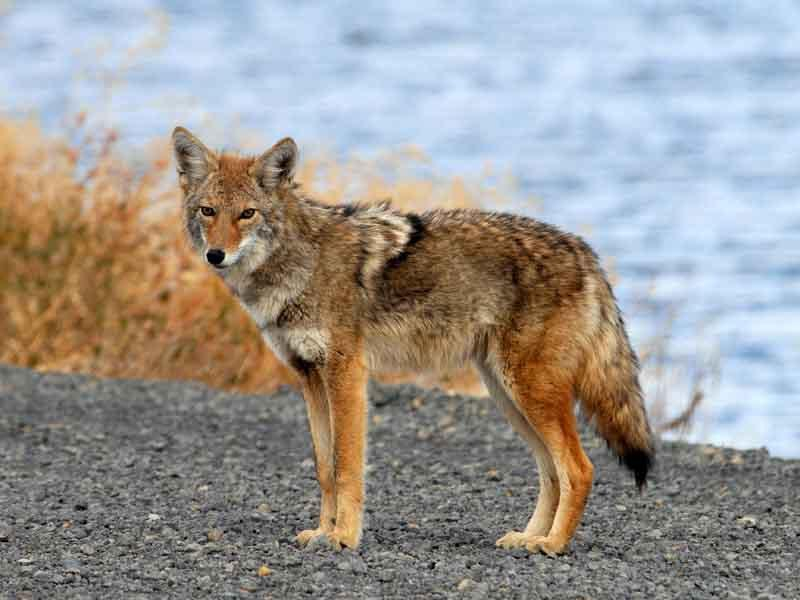
Photo: smithsonianmag 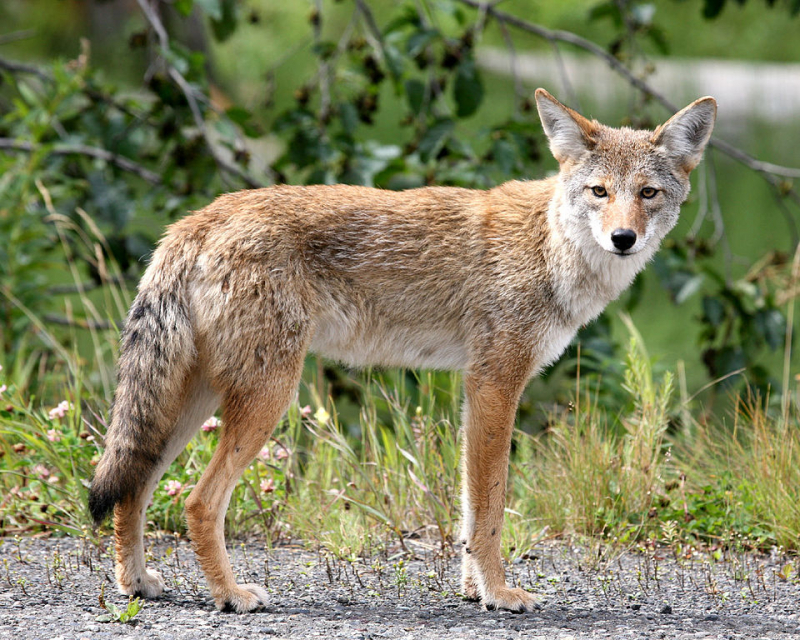
Photo: wikipedia -
All lynx species have white fur, which is an extension of the chest and belly fur, on their chests, bellies, and the inside of their legs. The climate in the lynx's range affects the color, length, and size of their paws. They have short hair, are black, and have smaller, less-padded paws in the Southwestern United States. Lynx gradually develops thicker fur, a lighter hue, and larger, more cushioned paws as conditions become colder and further northerly in order to acclimatize to the snow. The size of their paws may exceed that of a human hand or foot.
Since the lynx depends so heavily on obtaining its prey, its population is prone to change depending on the amount of prey that is readily available in a given area.
A lynx would frequently pursue and pounce to capture hares because they are the ideal size for consumption. They frequently observe their prey for a while before leaping out and killing it, as many cats do. Depending on the type of lynx, they murder their victim in different ways, but most of them kill their prey by giving it a single bite to the back of the neck, which instantaneously kills the animal by breaking its spinal cord.
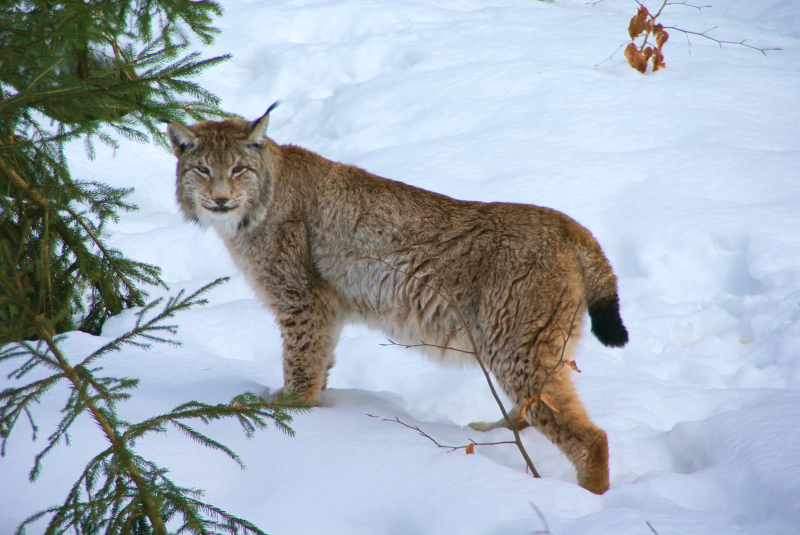
Photo: wikipedia 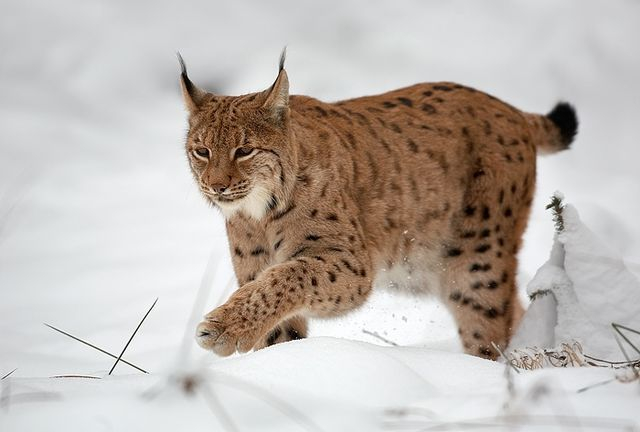
Photo: wikipedia







